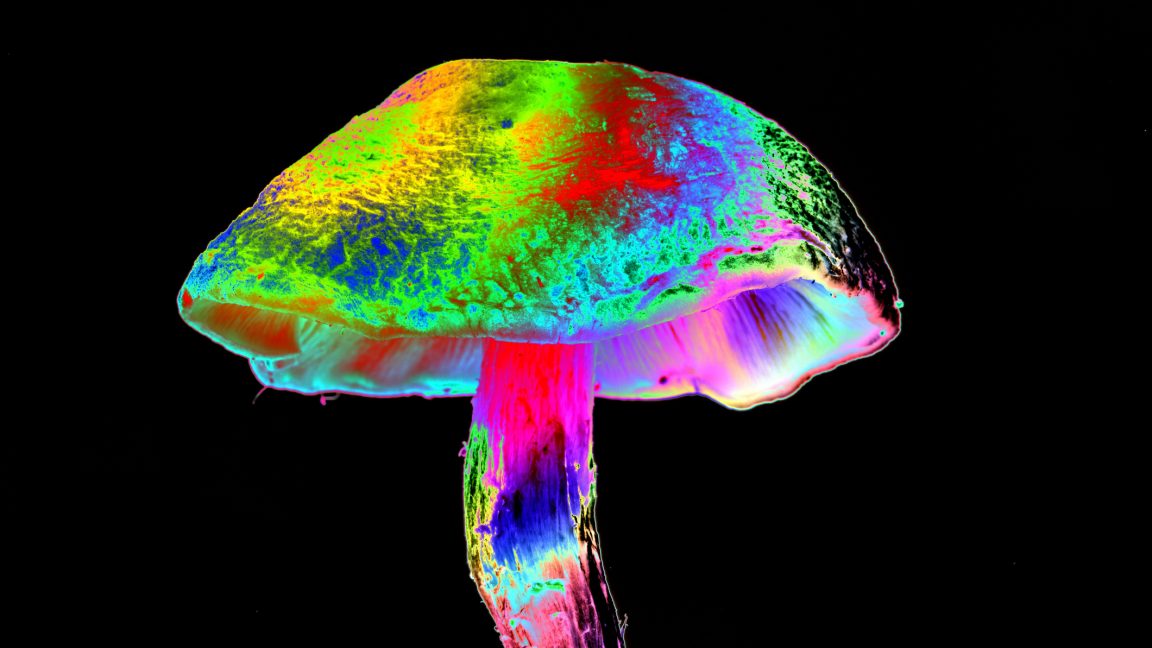
"The new study, led by pharmaceutical microbiology researcher Dirk Hoffmeister, from Friedrich Schiller University Jena, discovered that mushrooms can make psilocybin in two different ways, using different types of enzymes. This also helped the researchers discover a new way to make psilocybin in a lab. Based on the work led by Hoffmeister, enzymes from two types of unrelated mushrooms under study appear to have evolved independently from each other and take different routes to create the exact same compound."
"This is a process known as convergent evolution, which means that unrelated living organisms evolve two distinct ways to produce the same trait. One example is that of caffeine, where different plants including coffee, tea, cacao, and guaraná have independently evolved the ability to produce the stimulant. This is the first time that convergent evolution has been observed in two organisms that belong "
Magic mushrooms produce psilocybin, which converts to active psilocin after ingestion. Psilocybin became widely used in the 1960s and was classified as a Schedule 1 drug in the US (1970) and Class A in the UK (1971), effectively halting medical research for decades. Recent clinical trials show psilocybin can reduce depression severity, suicidal thoughts, and chronic anxiety. Two unrelated mushroom lineages evolved distinct enzyme pathways that independently produce identical psilocybin, a clear example of convergent evolution. Those enzyme discoveries enabled a new laboratory method to synthesize psilocybin, with implications for sustainable production and understanding of ecological and medical roles.
Read at Ars Technica
Unable to calculate read time
Collection
[
|
...
]